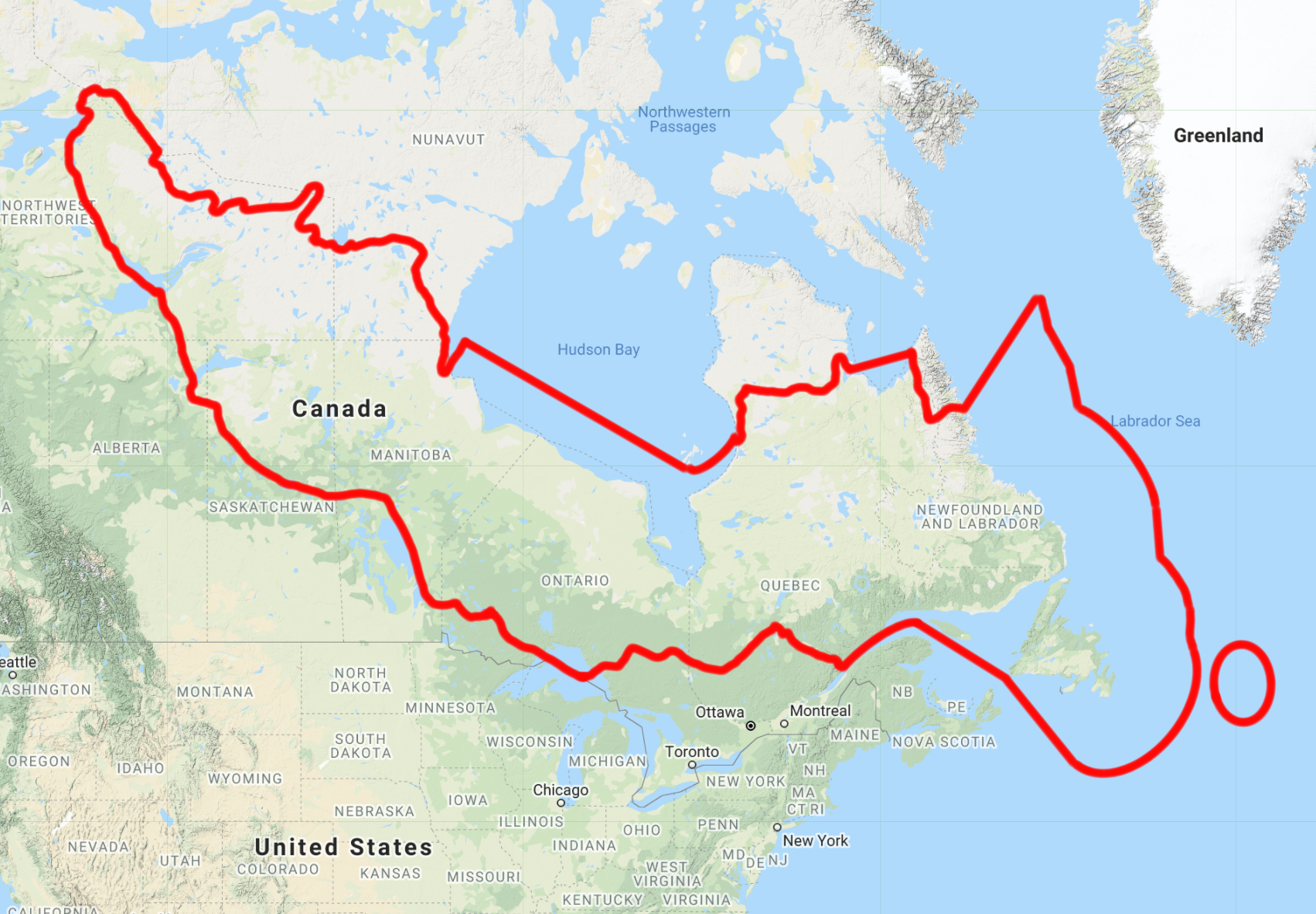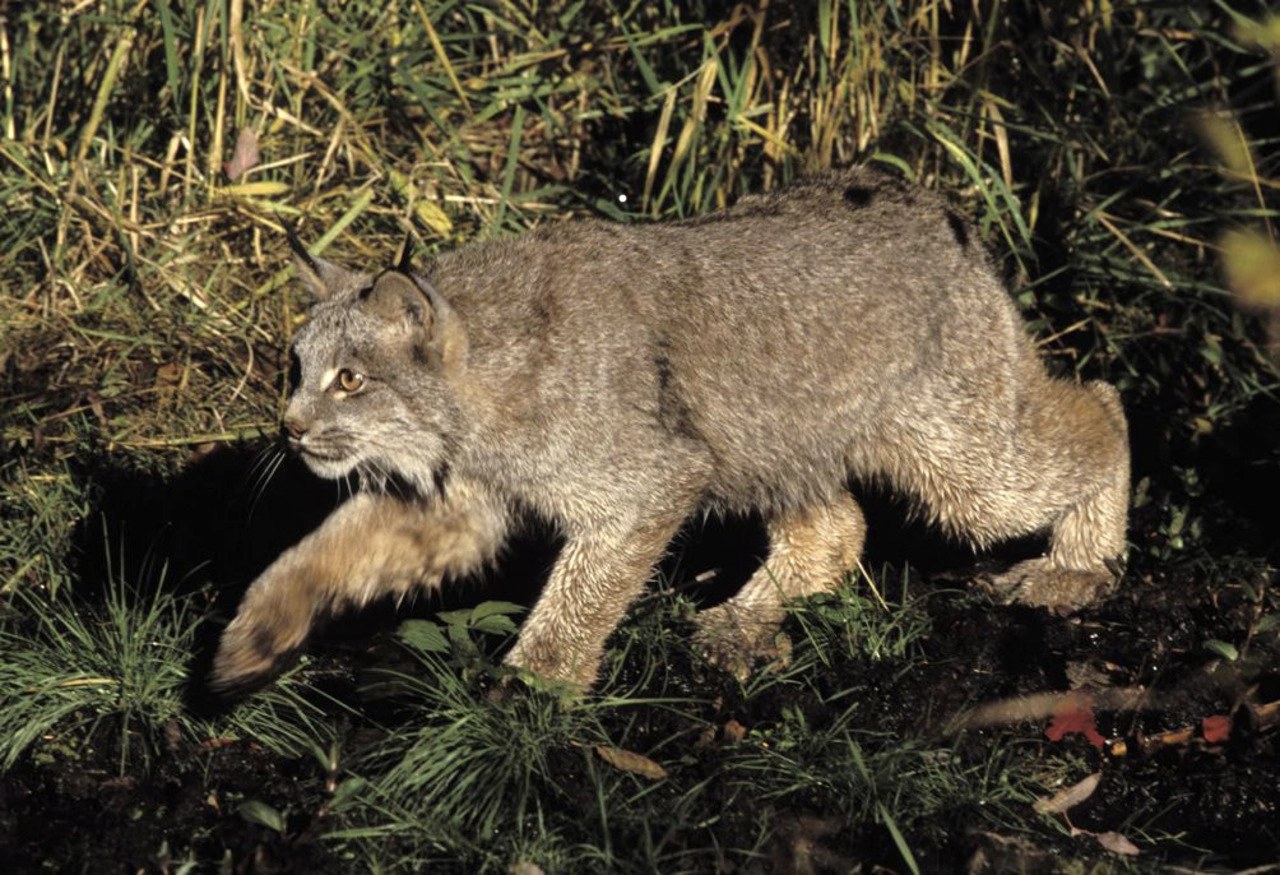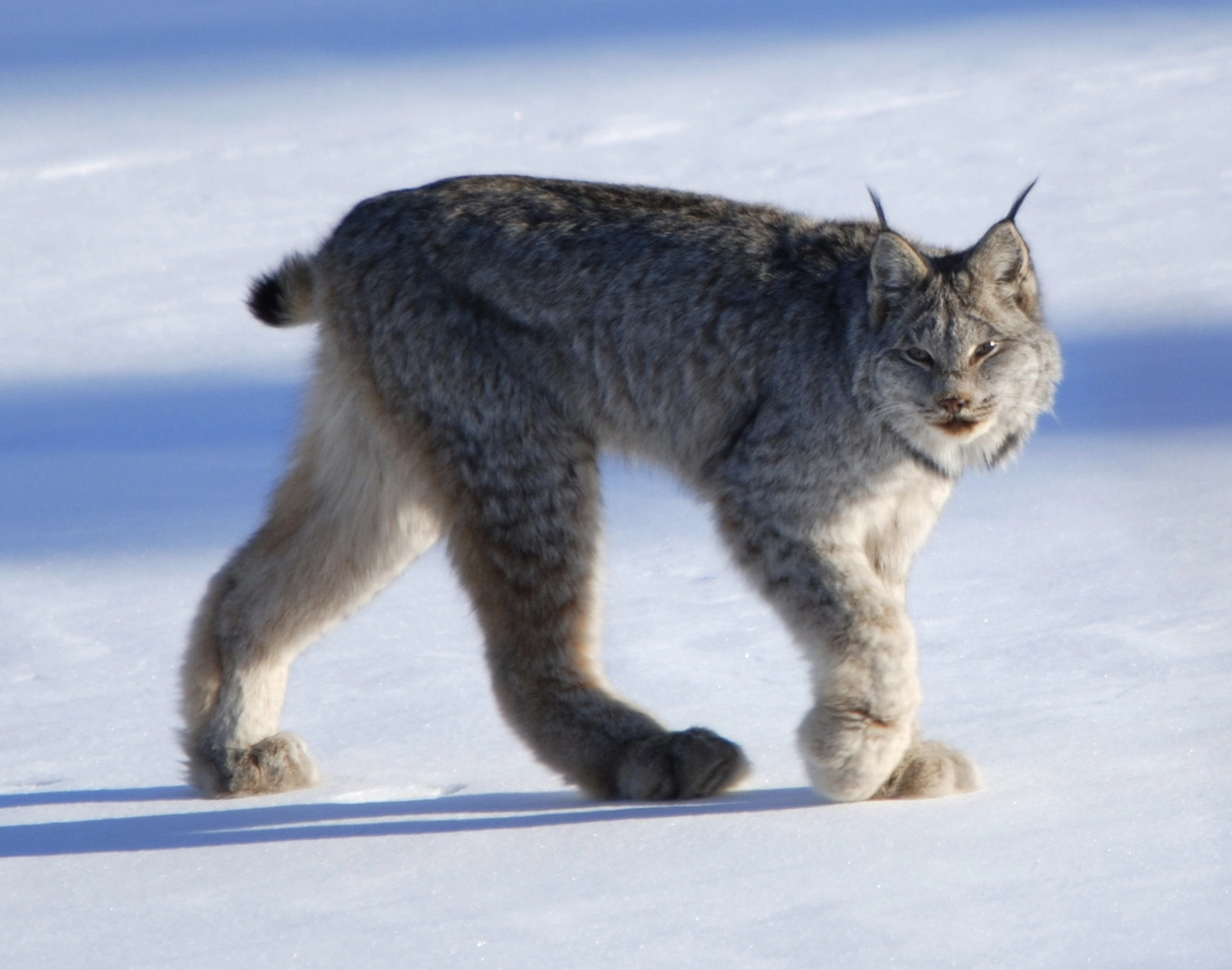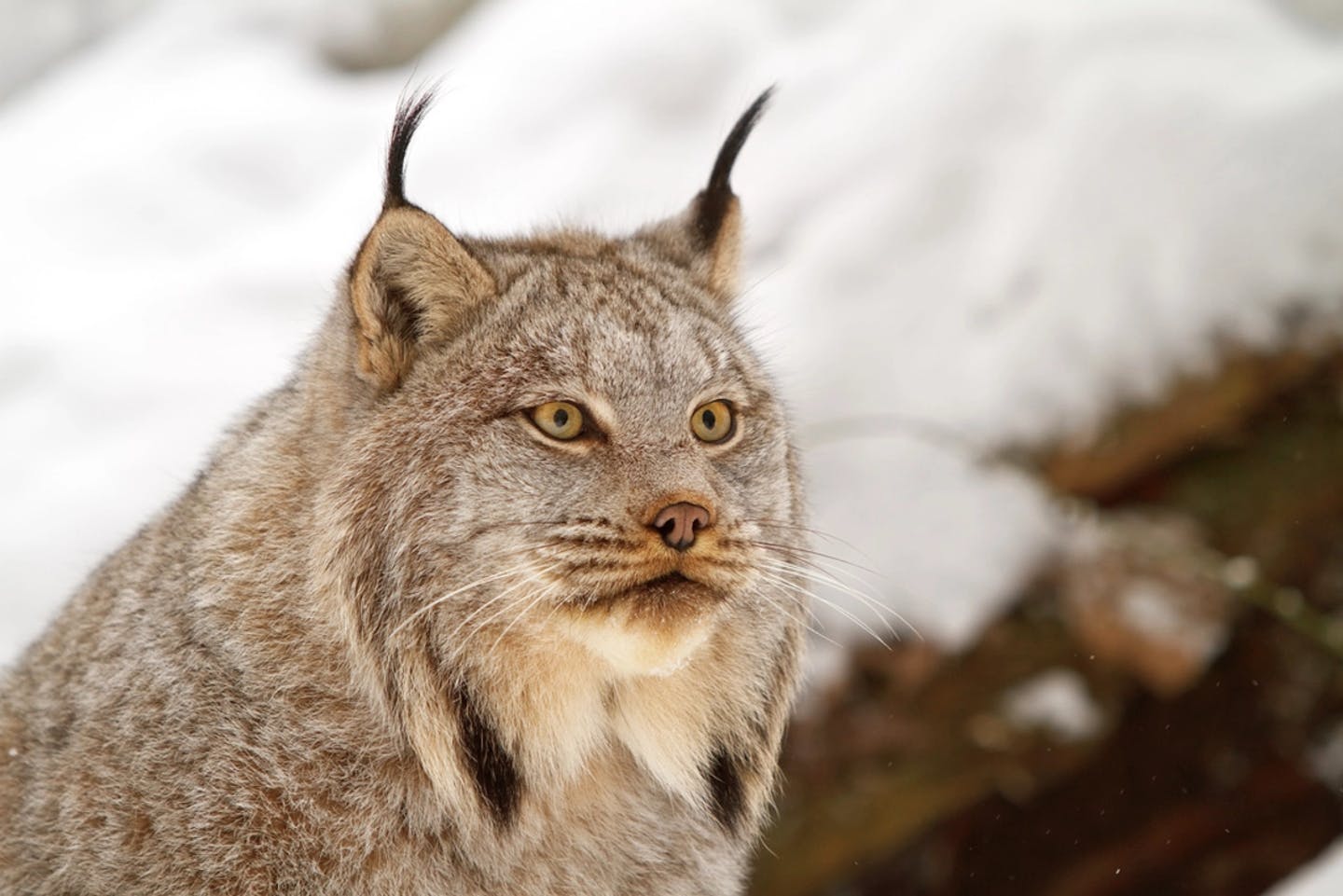Canadian lynx: clever specialized hunters of the snowy forests
One Earth’s “Species of the Week” series highlights the flagship species of each of the 844 unique ecoregions contained within Earth’s bioregions.
In the snowy winter landscape, the Canadian lynx’s white and grey speckled coat helps it blend in with the barren trees and ice. As temperatures warm, the brown in their fur becomes more apparent, camouflaging into the summer forest. A specialist predator, the Canada lynx’s seemingly shape-shifting, or rather color shifting, is to hunt for one particular species, the snowshoe hare.

Canadian lynx are the flagship species of the Midwest Canadian Shield Forests ecoregion, located in the Canadian Shield & Coastal Taiga-Forests bioregion (NA9).
Ranging across Alaska, Canada, and northern areas of the contiguous United States, the Canadian lynx is a lean, medium-sized cat. They average 51 centimeters (20 in) tall at the shoulders and weigh an average of nine kilograms (20 lb). Sexually dimorphic, males are larger and heavier than females.
Long, dense fur provides the Canadian lynx with insulation in subzero temperatures, while broad, snowshoe-like paws allow them to walk atop the snow. They are known for their triangular ears with black tufts at the tips and completely black, stubby tails. Like their cousin the bobcat, Canadian lynx’s hindlimbs are longer than their forelimbs, sloping their back down to the front.

While they are primarily nocturnal, Canadian lynx can be spotted anytime as they roam around nine kilometers (5.6 mi) daily. The skeletal muscles of the Canadian lynx make up roughly 57% of their body weight. This makes them strong for their size, good swimmers, agile climbers, and fierce predators.
The life of the Canadian lynx relies heavily on the snowshoe hare. Estimates suggest that up to 97% of the Canadian lynx’s diet is specifically this species. This creates a prey-predator cycle, intertwining the two species and keeping both their population numbers in balance.
Other prey of the Canadian lynx includes ducks, moles, red squirrels, voles, young Dall's sheep, mule deer, and caribou. Sleath hunters, lynx wait on specific trails or in "ambush beds" for their meal and then pounce. They can spot prey in the darkness from 250 feet away.
Solitary creatures, Canadian lynx evade human contact and even avoid each other except for mating. Breeding occurs from March to early April, and after a gestation of two to three months, one to eight kittens are born in logs, stumps, or tangles of vegetation.

Only females care for their young and, once a few months old, begin teaching them hunting techniques. The young stray with their mother until the following spring’s mating season.
Currently, the Canadian lynx is of least concern in conservation status, rising and falling in almost perfect synchrony in population size with the snowshoe hare every ten years. However, both species are vulnerable to a changing climate.
As temperatures increase and warmer seasons are longer, Canadian lynx and snowshoe hares migrate to find colder weather. This creates smaller ranges for both species and ultimately will dwindle both populations.
A project from RESOLVE is protecting these species by revitalizing lynx management for the Western United State’s new wildfire reality. Using a new cloud-based mapping system called TerrAdapt, habitat shifts due to a changing climate and other factors can be predicted and planned for.
With data on where ecosystems will move, scientists can plan more effectively, and decision-makers factor climate change into policy more accurately. Land managers will also make better decisions to support regionally essential species like the Canadian lynx.
Support Canadian Lynx Conservation


